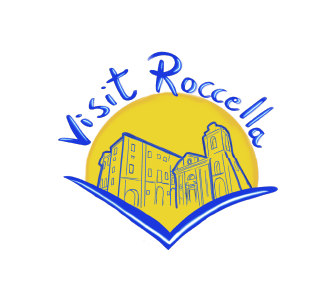translated with AI
The first records regarding the Church of S. Maria Assunta dei Pignatelli date back to the mid-15th century.
The first mention of the existence of this sacred building appears in a document from the Aragonese Chancellery of Naples dated 1454, attesting to the granting of a Chaplaincy to the deacon Alenia de Albi from Castelvetere. The statement is accompanied by the heading of the Church to Santa Maria de Pinyatari. Some have associated this denomination with the artisanal activity of making various clay pots, perhaps locally, supported by the knowledge that in popular parlance these dish makers were called “pignatari”. Others still believe that this appellation is somehow to be ascribed to the Pignatelli family of Naples. Without going into much detail, the first hypothesis is considered reliable, as there is no connection between the Pignatelli family and Roccella in the subsequent centuries.
During the 16th century, this Church of the Pignatelli and that of S. Maria Assunta or of the Latinis, erected within the walls of the City, were under the patronage of the Carafa family.
Pastoral visits by the Bishops carried out over the centuries inform us of a church in constant need of maintenance; it is only known that there was a painting on the altar, without further specific information. Nothing is known about sacred furnishings, belongings, or the presence of statues.
In 1737, by the will of Bishop Idelfonso del Tufo, the bells located in the various bell towers of the Churches of Roccella were blessed. The record attests that a bell dedicated to St. Barbara Verg. And Mart. Year 1615 was blessed for the Benefit of Mary Most Holy Announced by Pignatelli outside the walls and of the Most Holy Announced by Maria de Latinis within the walls. Furthermore, a fairly recent report, dated October 23, 1954, to the Episcopal Curia, notified that: “It is brought to the attention that the Church “Pignatelli,” declared severely damaged in the 1953 flood, due to the recent rains has suffered further damages, making the passage nearby dangerous. It is urgent to take action…” This is a protest by Mr. Vittorio Muscoli, owner of houses adjacent to the Church.
In the income declaration of 1742 of all the ecclesiastical institutions, there is the statement by Giovan Battista La Rosa, “administrator of the Revenues of the Benefit of Santa Maria de Latinis, and Pignatelli located in this City of Roccella of Patronage Law of the Most Illustrious Carafa family …”. From this document, it is noted that the land patrimony of said benefit was substantial: “about 200 tomolate of various land, plowed, wooded with olive trees and other fruit trees, mulberries, and “costere”. Of all this patrimony, only the territory of sixteen tomolate distributed around the church will be analyzed. It is transcribed as reported: “First of all, it holds a composed of lands of sixteen tomolate, in the Pistonello district, bordering the Pistonello Valley. Some houses are built in said lands by many individuals of this City, paying a perpetual minimum census in recognition of said Benefit, and everything amounts to about 18 carlini, as well as five quarters of barley, and three tumoli of wheat…”.
This portion of the properties of the Benefit has been chosen to justify a relevant social aspect.
Since the 1600s, and even earlier, the City on the rock did not offer free spaces to build new houses to meet the growing demand due to continuous demographic development. The Carafa prince, the Convent of the Minimi, and the various ecclesiastical institutions that held the great quantity of the land patrimony of Roccella allowed “individuals” to build small houses within their properties, paying a perpetual “sunlight census”. Thus, the various neighborhoods of Roccella arose, leaning around the rock. In our case, the little street that leads to the small church, now Via Pignatelli, is surrounded by houses that form the Pignatelli neighborhood, thanks to those beneficial concessions.
